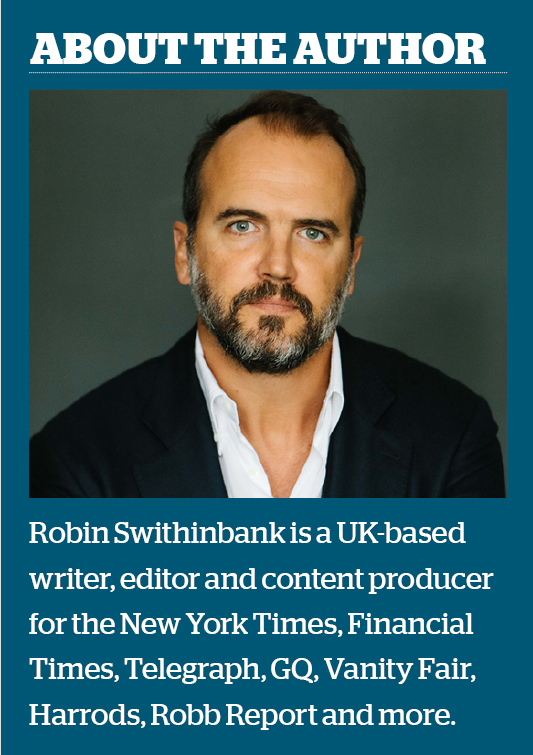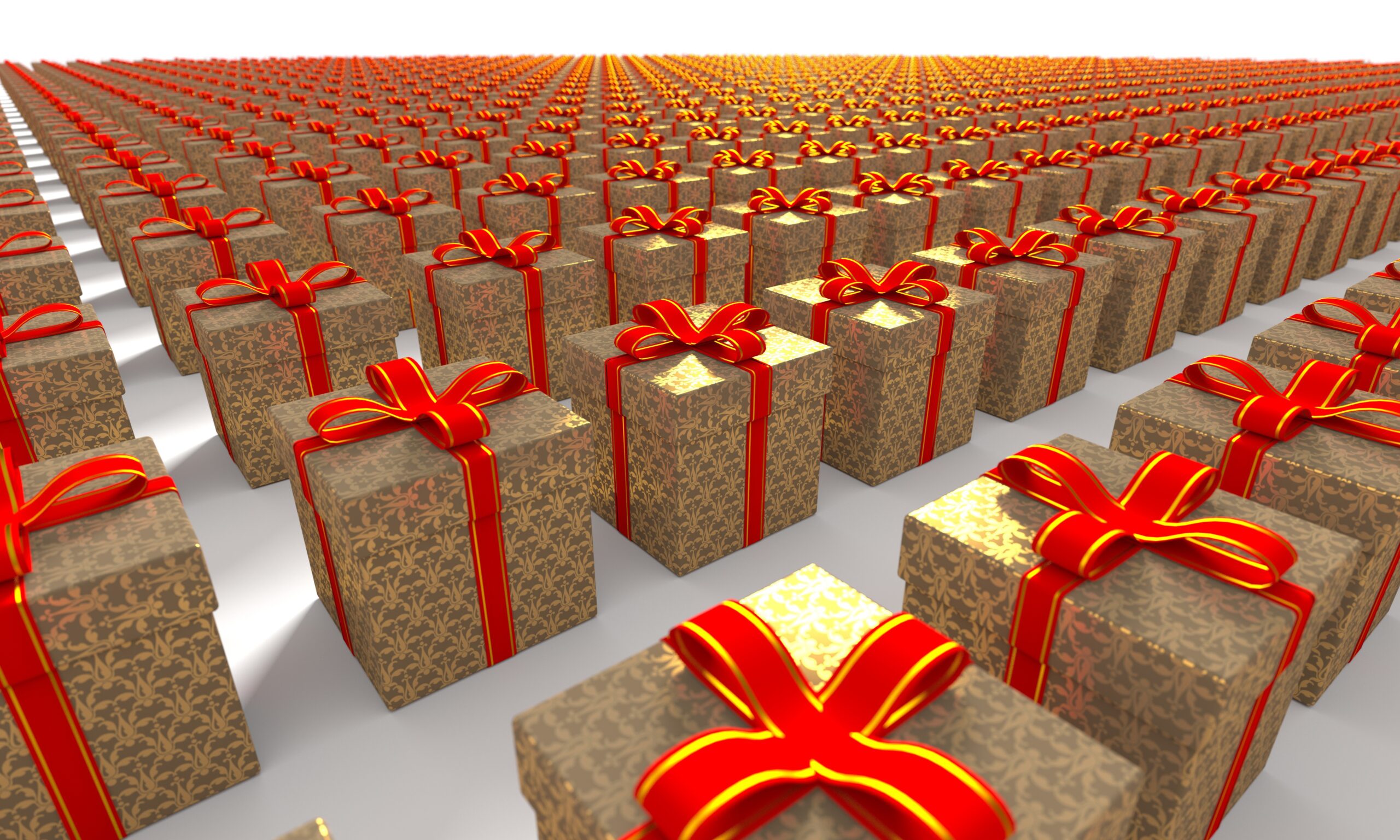And so we move into the watch industry’s Easter season.
As Christmas does to the definitive moment in the ecclesiastical calendar, Watches and Wonders relegates the autumn auctions-and-awards season into the role of a brief, chocolate-themed half-event, even while it has far more to say about the true meaning of the watch industry than Geneva’s annual bauble-fest.
At this time of year, the Grand Prix d’Horlogerie de Genève, Only Watch and the big November auctions would line up like the Stations of the Cross, inviting us to pause, reflect and, where necessary, realign.
If it’s not too blasphemous, I’d suggest this year’s auctions-and-awards season — even before the postponement of Only Watch — will prove as sobering as Station 3, where Jesus falls for the first time, and that realignment is upon us.
We’ve become used to this being a season of glad tidings, witnessing record auction results as bidders have pushed values to unimaginable heights, a phenomenon that peaked with the CHF 31 million sale of a steel – steel! – Patek Philippe Grandmaster Chime at Only Watch 2019, making it the most expensive watch in the world, now as then (sorry Graff, yours are bracelets that happen to tell the time).
For years, there’s been an air of inevitability about the sums top lots will fetch, sending insiders – many of whom stand to benefit – into euphoria.
And then the GPHG rounds it all off with a frothy and often quite fun festival of navel-gazing and back-slapping. Bountiful optimism, you might call it. But the tone this year is quite different.
Back at Watches and Wonders in the spring, Cyrille Vigneron, Cartier chief executive, was asked what he felt the outlook was for 2023.
His response was “cautious optimism”, a stock answer for “the storm is coming, but it hasn’t hit land yet”.
Vigneron’s assessment surprised no one in that press conference that day. Partly because his is one of the industry’s biggest and brightest minds and his analysis merits credence, but also because the evidence is there for all to see.
The handbrake applied to the crypto-fuelled secondary market last year, combined with stock market wobbles, interest rate spikes, cost-of-living crises, falling house prices, the war in Ukraine and the apparently unresolvable problem of Switzerland’s plummeting production volumes hardly point to boom time.
If there is a surprise, it’s that the storm has still only grazed the odd promontory.
In July, the FHS reported that monthly exports were down, bucking the post-Covid trend, if only by a single percentage point.
That might have created a Fast Show Channel 9-style panic as a single cloud appeared on the horizon (“Nimbo cumulos?”), but the FHS’s assurance that the dip wouldn’t have a “significant impact on the general trend or forecasts for 2023” appeared justified when August’s report showed the curve pointing upwards again. Exports are up almost 10 per cent year-on-year, at the time of writing.
But they’ve slowed, just as the most important quarter of the year dawns.
The auction scene has cooled off, too, and that is before the postponement of Only Watch.
According to The Mercury Project’s latest Hammertrack report, the total value of watch auctions hosted by the big six – Antiquorum, Bonhams, Christie’s, Phillips, Poly Auction and Sotheby’s – in the first half of this year had stumbled to 312 million Swiss francs.
Historically high, but 18 per cent down on 2022.
In the retail world, the same. Watches of Switzerland Group’s sales fell by 8 per cent in the UK and Europe earlier this year, as reported by WatchPro in August.
Speaking off the record, one retailer of high-end pre-owned pieces explained to me that after three years of spectacular year-on-year growth, 2023 was shaping up to be far more “normal”.
It’s tempting to feel rather gloomy about all this.
Large-scale growth seasons are exciting and gloss over problems, even if no one in their right mind expects them to last, but then when the sun sets few enjoy it.
And as I look out the window, the bright light of the post-covid years is fading.
If anything though, we should embrace the coppery feel to this autumn’s activity.
A more reflective auctions-and-awards season has a right feeling about it. The wild speculations and silly-bugger prices of previous years had made the industry look bad.
Dirty even.
Greed is not good. By the law of opposites, a more sober atmosphere would suggest reason and measure, a far better look in the long term.
If we dig, though, we can still find whispers of a trajectory that – as I’ve said here a number of times before – should be of concern to the Swiss watch industry.
The Hammertrack report highlighted that there is still one area of untrammelled growth: the very top.
It showed that the value of millionaire lots in the first six months of this year surged by an astonishing 38 per cent over the same period in 2022, prompting the aphoristic resignation that “the rich are getting richer”.
 True or not, it disguises another phenomenon: that the number of people buying luxury watches is in decline and that the industry is increasingly reliant on a smaller and smaller cohort of buyers.
True or not, it disguises another phenomenon: that the number of people buying luxury watches is in decline and that the industry is increasingly reliant on a smaller and smaller cohort of buyers.
As aphoristic is that interest in watches is at an all-time high, and that there’s invariably a correlation between interest and sales. But that’s only true when products are available and affordable, which increasingly watches aren’t.
I spoke with one analyst recently who warned of “The Ferrari Effect”, whereby a brand and its product may entice consumers to look, even while both parties know they will never buy.
That contract will work for the few: Rolex, Patek, AP, Cartier and a handful of others. But not all.
Against that backdrop, the GPHG and the big auctions arrive at a good time. Records may not tumble, the awards may not go to the “right” watches, but these events will warm the market, even if only temporarily.
This Watch Easter, we’re going to have to enjoy smaller, lower-calorie eggs. And that’s ok.
Question is: will we be drinking alcohol-free mulled wine when Watch Christmas comes round again?

